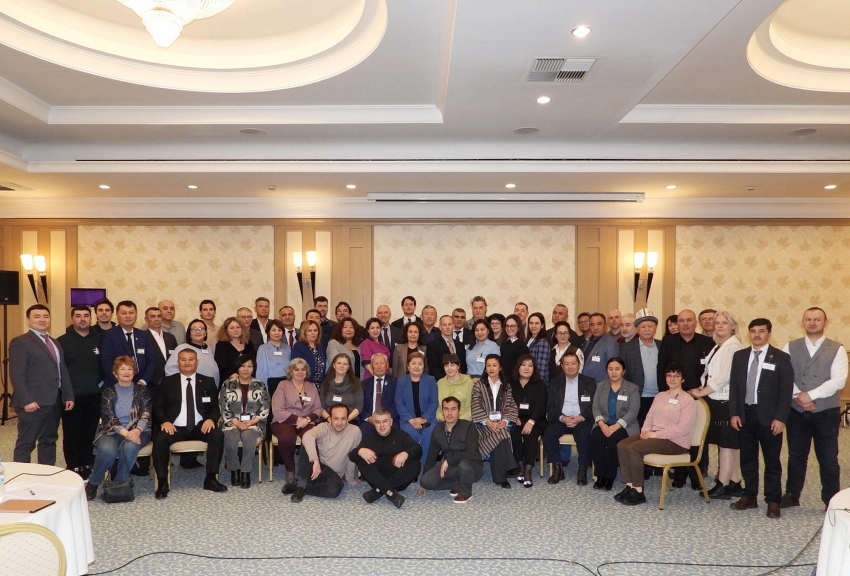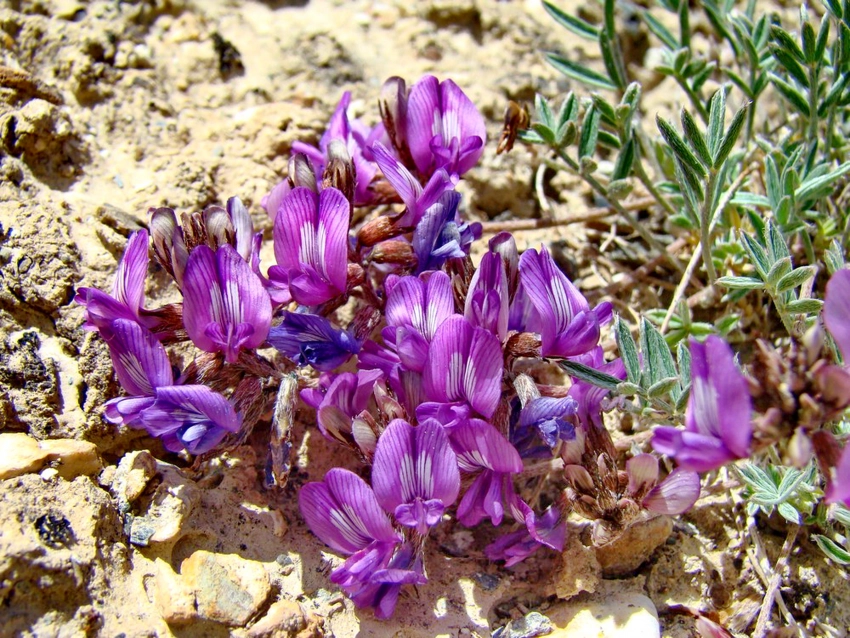Akhmat Chalov saves Red Book grapes in the Toktogul region

The Uzunakhmatsky grape is listed in the country's Red Book as an endangered species of flora. The uniqueness of this plant lies in the fact that it can only be found in the Western Tien Shan mountains and nowhere else in the world. Possessing such a special endemic status, it could not resist the next harmful effects of humans. Due to intensive development of territories and predatory harvesting of fruits with breaking of shoots, grapevine areas have decreased significantly. However, thanks to the activists of the village of Aktektir, Toktogul district, the Uzunakhmat grape is today experiencing its rebirth.

“In the second half of the 90s, many trees were cut down. People had to survive, there was nothing to heat the stove with, so all the surrounding forests were cut down. However, the destruction of trees did not stop there. To clear the area for haymaking, they began to burn the remains of the trees, and as a result, 99% of the forest was completely burned,” says Akmat Chalov, leader of the Kelechek jamaat.

Local environmental activists sounded the alarm, and in order to preserve the local flora, they united in a jamaat, calling it “Kelechek”, which translates as “Future”. Today, the jamaat has organized a demonstration plot with an area of 20 hundredths, where more than 500 seedlings of this Red Book grape have already been planted. Moreover, in their nursery they grew 150 grape seedlings and are ready to provide them to aiyl okmot and local schools, so that they can organize their own plots for cultivation and subsequent propagation, as well as for environmental education of schoolchildren.

“To create favorable conditions for growing grapes, they need space for growth, sufficient lighting, water and, of course, a support for the vine to cling to, or a trellis. This is a special design that prevents sagging of the vine, helps create and ensure natural ventilation for leaves and berries, and helps increase productivity. Our jamaat turned to UNDP and the project helped us purchase materials for making trellises. Without it, as we saw this year, it would be extremely difficult to continue growing grapes," said Akmat Chalov.

Within the framework of the UNDP/GEF* project, materials were purchased for the manufacture and installation of trellises for Red Book grapes. Eco-activists are confident that using this design it will be easier for them to cultivate, multiply and further distribute this type of endangered grape.

In total, Kelechek leases 28 hectares of forest land and pastures to restore endangered forest crops. Along with individual tree varieties, the Jamaat cultivates another endangered species – the Nedzvetsky apple tree, which is described in the Red Book as “a very rare, endemic, endangered species, with insignificant numbers and a valuable species for breeding.” This is how activists of the Toktogul region are fighting to save the biodiversity of the Western Tien Shan.

Link to source of information: based on materials from UNDP/GEF https://www.vb.kg/doc/395048_kak_v_toktogylskom_rayone_idet_spasenie_krasnoknijnogo_vinograda.html

*UNDP/GEF "Conservation of globally significant biodiversity and associated land and forest resources of the Western Tien Shan to support sustainable livelihoods" is aimed at preserving unique natural complexes and biodiversity, promoting the protection of rare and endangered species of flora and fauna. The project is funded by the Global Environment Facility (GEF) and is implemented in partnership with the State Agency for Environmental Protection and Forestry under the Government of the Kyrgyz Republic.











